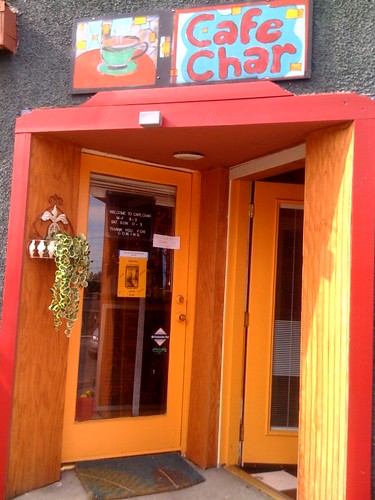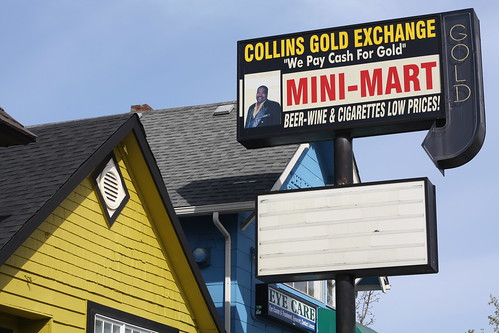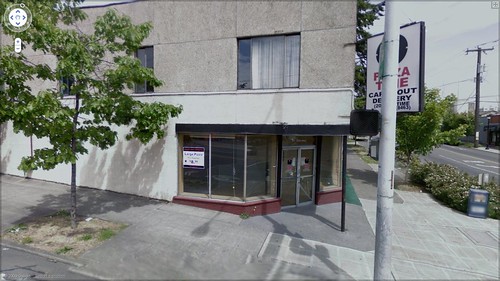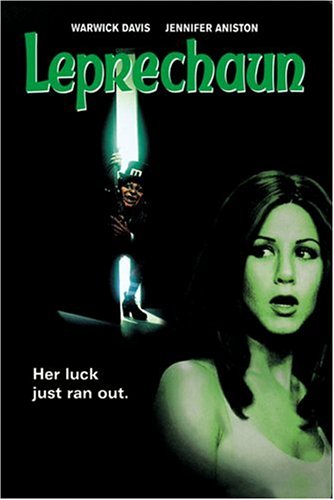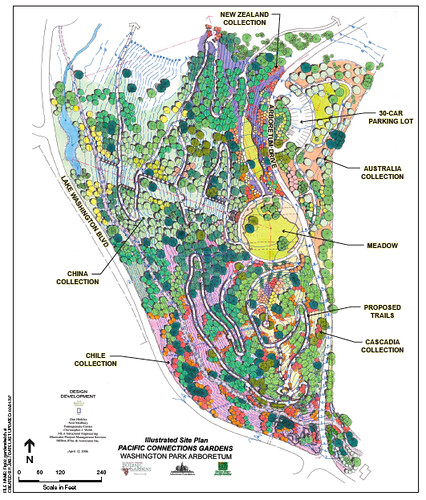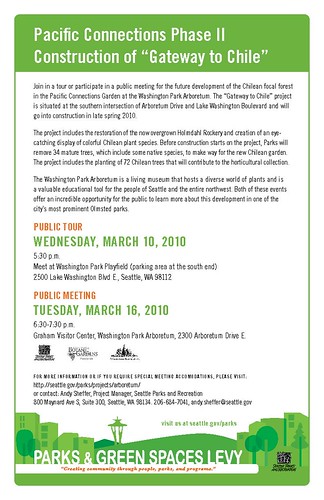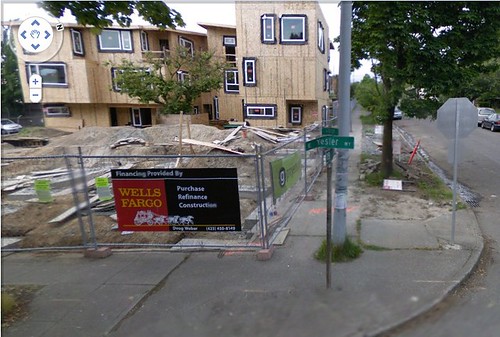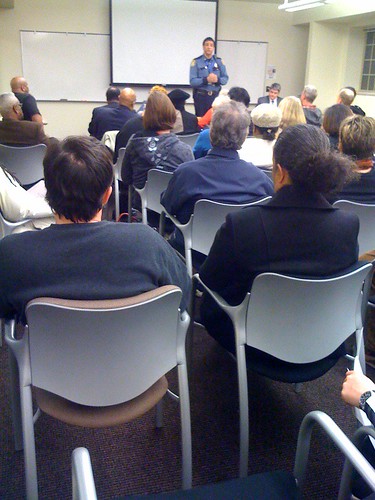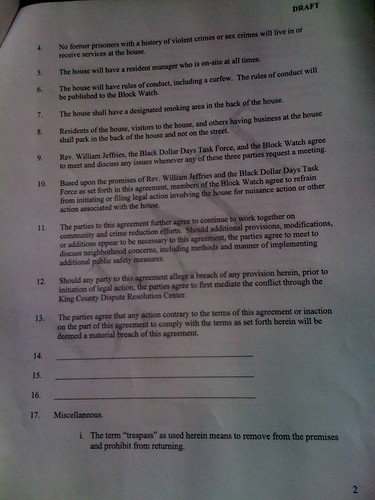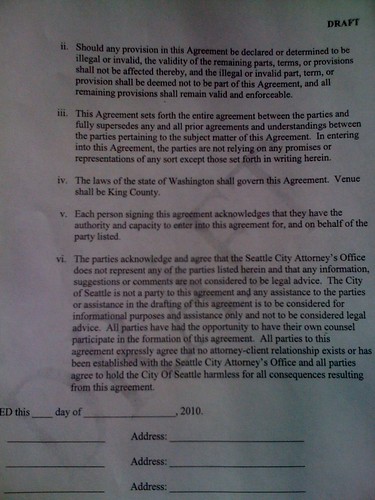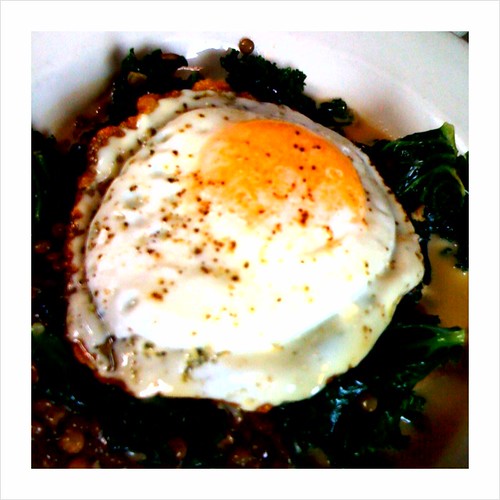As CD News readers may recall, Yesler Terrace is a 28 acre public housing development situated between First Hill, Little Saigon and the Central District. A couple of years ago, SHA acknowledged that the Yesler Terrace buildings were crumbling and that a redevelopment was warranted. In order to cut down costs and to abide by current urban planning principles, SHA announced that it would partner with private developers and greatly increase the density in Yesler Terrace’s redevelopment. While the new development will continue to provide housing to very low-income people [those making less than 30% of Seattle’s median income ($17,243)], it will also allocate a significant portion in the envisioned 4000 units for market-rate and workforce housing.
In April 2009, the Seattle Housing Authority (SHA) presented three concepts for the redevelopment of Yesler Terrace. Taking a look at the concepts pictured below, you will note that none of the envisioned plans encompass areas east of Boren. Last week, Real Change noted that SHA now plans to develop land it owns along Yesler east of Boren for the Yesler Terrace redevelopment. In fact, SHA may use the old Pizza Time location at 12th Avenue South and Yesler as an initial redevelopment site.
SHA Development Director Stephanie Van Dyke said the agency owns several properties along Yesler Way east of Boren, including an old Pizza Time location at Yesler and Twelth Avenue. The agency may use that site to start building replacements for some of Yesler Terrace’s residents, Van Dyke said.
Between Twelth and Fourteenth Avenues, SHA has emptied and may tear down an apartment building called the Baldwin to do the same, or it may try to strike deals with King County and the Urban League of Metropolitan Seattle to acquire a neighboring warehouse and office building. Any units built east of Boren, Van Dyke said, would count toward SHA’s promise of one-for-one replacement for today’s 561 low-income units.
When it was built in 1939, Yesler Terrace was the first racially integrated housing project in the U.S.. It currently houses about 1,200 people.
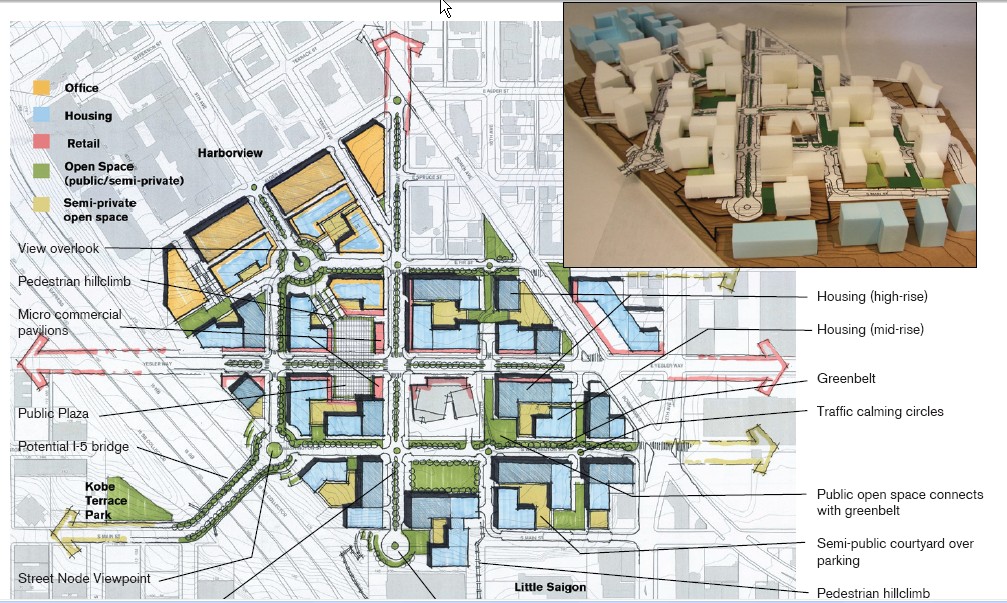 A
A
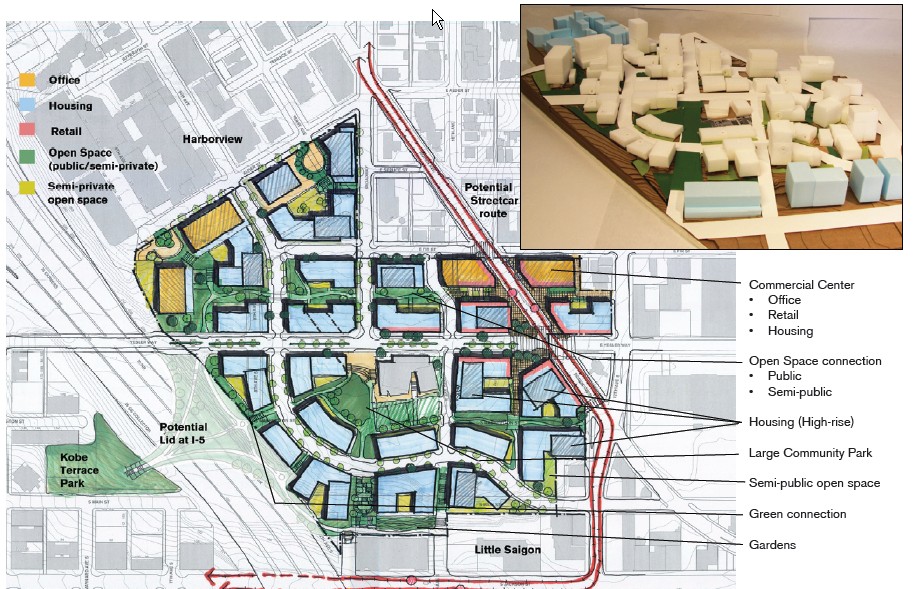 B
B
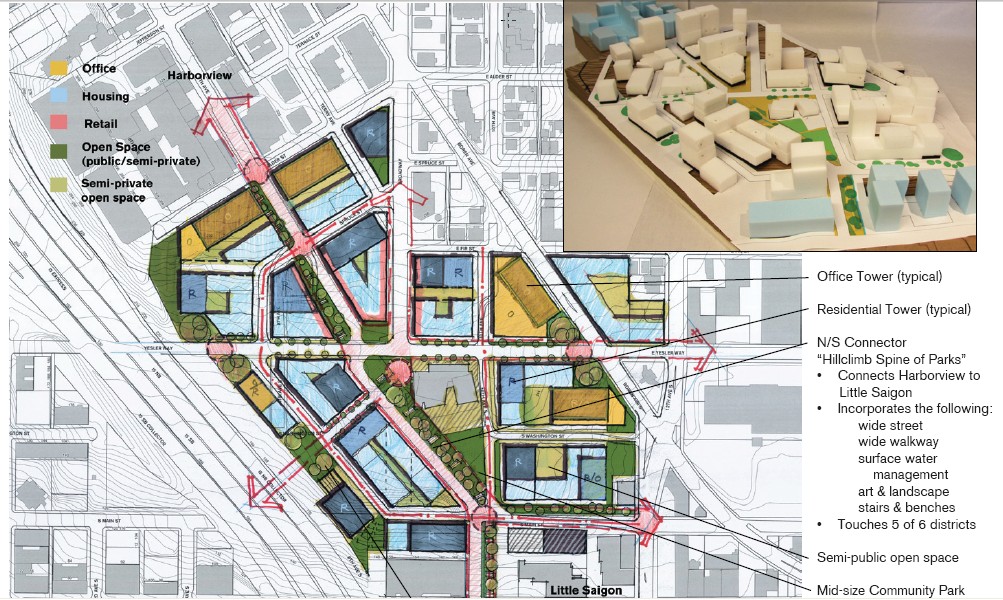 C
C
